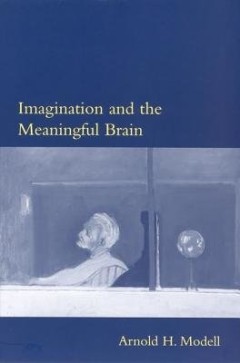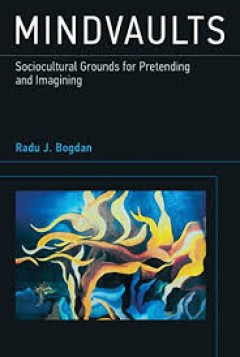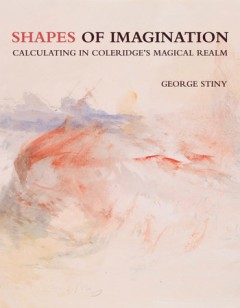Filter by

Imagination and the meaningful brain
"A Bradford book."The ultimate goal of the cognitive sciences is to understand how the brain works--how it turns "matter into imagination." In Imagination and the Meaningful Brain, psychoanalyst Arnold Modell claims that subjective human experience must be included in any scientific explanation of how the mind/brain works. Contrary to current attempts to describe mental functioning as a form of…
- Edition
- -
- ISBN/ISSN
- 9780262280044
- Collation
- 1 online resource (xiv, 253 pages)
- Series Title
- Philosophical Psychopathology
- Call Number
- 150 MOD i

Mindvaults : sociocultural grounds for pretending and imagining
An argument that the uniquely human capacities of pretending and imagining develop in response to sociocultural and sociopolitical pressures in childhood.The human mind has the capacity to vault over the realm of current perception, motivation, emotion, and action, to leap--consciously and deliberately--to past or future, possible or impossible, abstract or concrete scenarios and situations. In…
- Edition
- -
- ISBN/ISSN
- 9780262314336
- Collation
- 1 online resource (xxi, 236 pages)
- Series Title
- -
- Call Number
- -

Infinite playground :a player's guide to imagination
A play-centered invitation to experience the power and delight unlocked by imagination.Bernard De Koven (1941-2018) was a pioneering designer of games and theorist of fun. He studied games long before the field of game studies existed. For De Koven, games could not be reduced to artifacts and rules; they were about a sense of transcendent fun. This book, his last, is about the imagination: the …
- Edition
- -
- ISBN/ISSN
- 9780262358804
- Collation
- 1 online resource
- Series Title
- -
- Call Number
- -

The rational imagination :how people create alternatives to reality
"A Bradford book.""The human imagination remains one of the last uncharted terrains of the mind. This accessible and original monograph explores a central aspect of the imagination, the creation of counterfactual alternatives to reality, and claims that imaginative thoughts are guided by the same principles that underlie rational thoughts. Research has shown that rational thought is more imagin…
- Edition
- -
- ISBN/ISSN
- 9780262269629
- Collation
- 1 online resource (xiv, 254 pages) :illustrations
- Series Title
- -
- Call Number
- -

Shapes of Imagination: Calculating in Coleridge's Magical Realm
Visual calculating in shape grammars aligns with art and design, bridging the gap between seeing (Coleridge's “imagination”) and combinatoric play (Coleridge's “fancy”). In Shapes of Imagination, George Stiny runs visual calculating in shape grammars through art and design—incorporating Samuel Taylor Coleridge's poetic imagination and Oscar Wilde's corollary to see things as they a…
- Edition
- -
- ISBN/ISSN
- 9780262370653
- Collation
- -
- Series Title
- -
- Call Number
- 153 sti S
 Computer Science, Information & General Works
Computer Science, Information & General Works  Philosophy & Psychology
Philosophy & Psychology  Religion
Religion  Social Sciences
Social Sciences  Language
Language  Pure Science
Pure Science  Applied Sciences
Applied Sciences  Art & Recreation
Art & Recreation  Literature
Literature  History & Geography
History & Geography